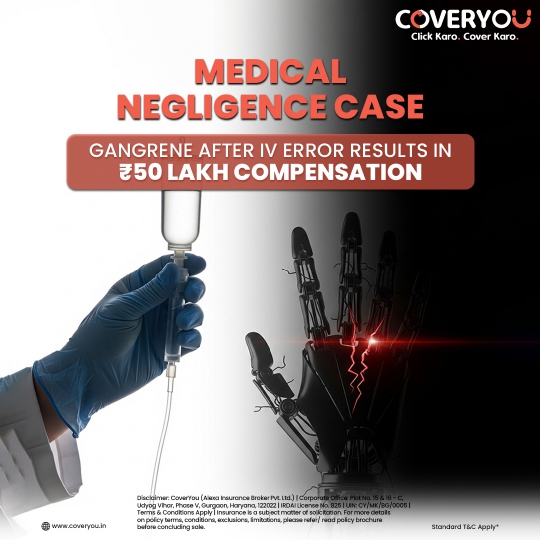India’s healthcare system faces unique challenges that often lead to medical errors. Despite progress in healthcare services, issues like overburdened doctors, inadequate infrastructure, and communication gaps remain prevalent.
Let’s critically analyse these challenges and their impact on patient care.
-
Overburdened Doctors:
India has a doctor-to-patient ratio of approximately 1:836, which is better than the World Health Organization’s (WHO) standard of 1:1,000. However, this figure does not reflect the uneven distribution of doctors across the country. In urban areas, the ratio may be better, but rural regions often suffer from a severe lack of healthcare professionals.
Overburdened doctors frequently handle larger numbers of patients in shorter time frames, leading to stress, fatigue, and burnout. These conditions can impair their judgment, causing them to miss critical symptoms or make rushed decisions about diagnoses and treatments. Over time, this pressure not only affects the doctors’ well-being but also compromises patient safety.
-
Inadequate Infrastructure:
India’s healthcare infrastructure, though improving, is still far from adequate. Many hospitals face a shortage of beds, essential medical equipment, and trained professionals. This problem is particularly severe in rural areas, where healthcare centers often lack even basic facilities. For instance, a doctor might not have access to diagnostic tools or medications necessary for proper treatment. In such scenarios, patients are at a higher risk of receiving substandard care, which could lead to medical errors or even negligence. Addressing these infrastructure gaps is crucial to ensuring that doctors can provide effective and timely care.
-
Communication Gaps:
Effective communication is a cornerstone of quality healthcare. However, in India, high patient volumes often leave doctors with little time for detailed consultations. They may not have the opportunity to explain treatment plans, procedures, or risks thoroughly to patients. This lack of communication can lead to misunderstandings, improper medication usage, or non-compliance with treatment protocols.
Additionally, language barriers in India’s multilingual society further complicate doctor-patient interactions, especially in rural or semi-urban areas. These gaps in communication significantly increase the likelihood of errors in diagnosis and treatment.
Conclusion:
To reduce medical errors, India must address these systemic challenges. Increasing the number of healthcare professionals, investing in better infrastructure, and implementing technology-driven solutions like telemedicine can help overcome these gaps. Equally important is fostering clear communication between doctors and patients, ensuring that every individual fully understands their diagnosis and treatment plan.
Read More – 5 Insurance Policy! Doctors Must Have!
















